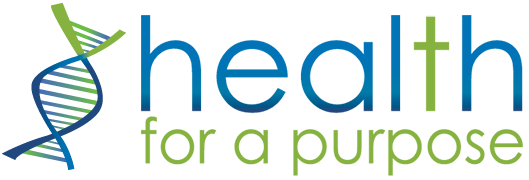Dairy – Yes or No?
Dairy, real dairy, can be an important and delicious food to incorporate into your diet.
Commercial dairy is something that should be avoided. The majority of the nutrition from dairy products is lost during the pasteurization, homogenization, and filtration processes. By the time dairy products reach the grocery store shelf, they are no more than a shell of their original selves, lacking nutritional value and health benefits.
Real, raw dairy is a beautiful living thing. It can be so beneficial to your health if you are able to find high-quality dairy products near you. We have put together a dairy checklist for you so that next time you are reading labels or talking to your local dairy, you can make sure that you are getting the best quality and the most benefit.
Here are things to look for when talking to your local dairy farmer, or reading a label. (These tips apply to most dairy products, including milk, but we have included some bonus notes below for a few specific products.)
From A2 Cows. Ask your local dairy if you are unsure!
Local is preferred, if possible.
Raw (If you can’t find raw look for low-heat pasteurized)*
Non-homogenized
100% Grass-Fed and Grass-Finished
Organic
*Currently in Texas, raw milk has much higher standards than pasteurized and it’s only available at the dairy.
Download Our Infographic Here!
BONUS: Here are a few notes about other popular dairy products!
Butter:
100% Grass-Fed
Organic, if possible.
Do a taste test!
If it’s salted, be sure it’s only sea salt.
Cheese:
Purchase at the local dairy if possible, if not it is EASY to find raw cheese at any health food store. In fact, A2 cheese is becoming more available!
Ideally, call the dairy and talk to them. You want to know the milk is not heated above the cow’s body temperature. That is REALLY raw. (Legally, they can heat it 1 degree below pasteurized and call it raw, so you’ll pay more, but you won’t get any of the benefits you think you’re paying for.)
Choose white – the yellow coloring isn’t natural and is usually a GMO ingredient.
Yogurt:
Raw, if you can get it at the dairy.
100% Grass-Fed
Organic
Whole-Fat
Plain (unsweetened, no fruit added) (Note: there may be sugar listed in the ingredients because it’s used to feed the bacteria to turn the milk into yogurt – or you can make it yourself and the naturally occurring lactose in the milk will feed the bacteria)
Also try kefir, which is similar to yogurt, and would help incorporate more variety of microbes!
Any questions? Just ask! We are here to help you on your journey to health.

